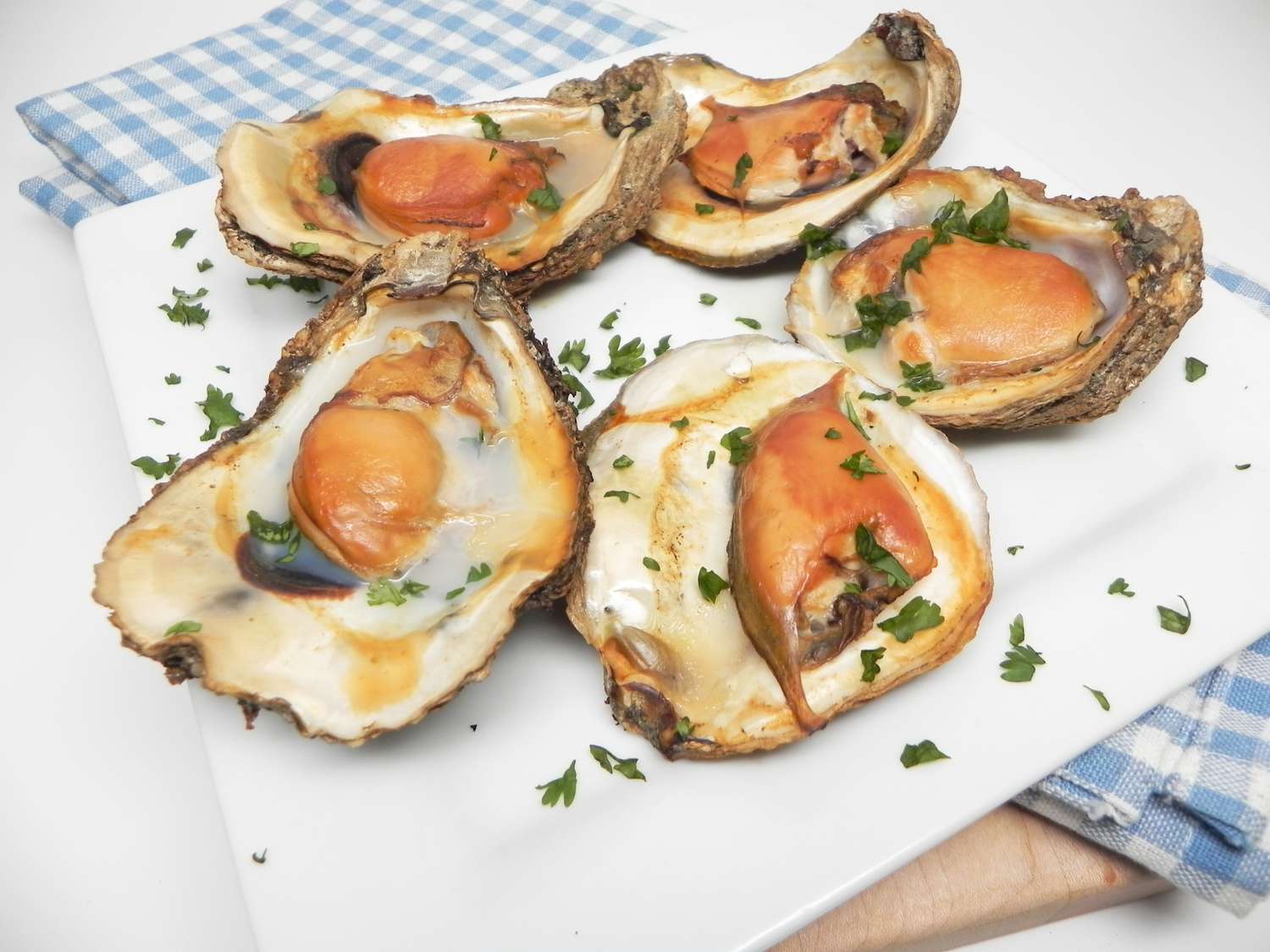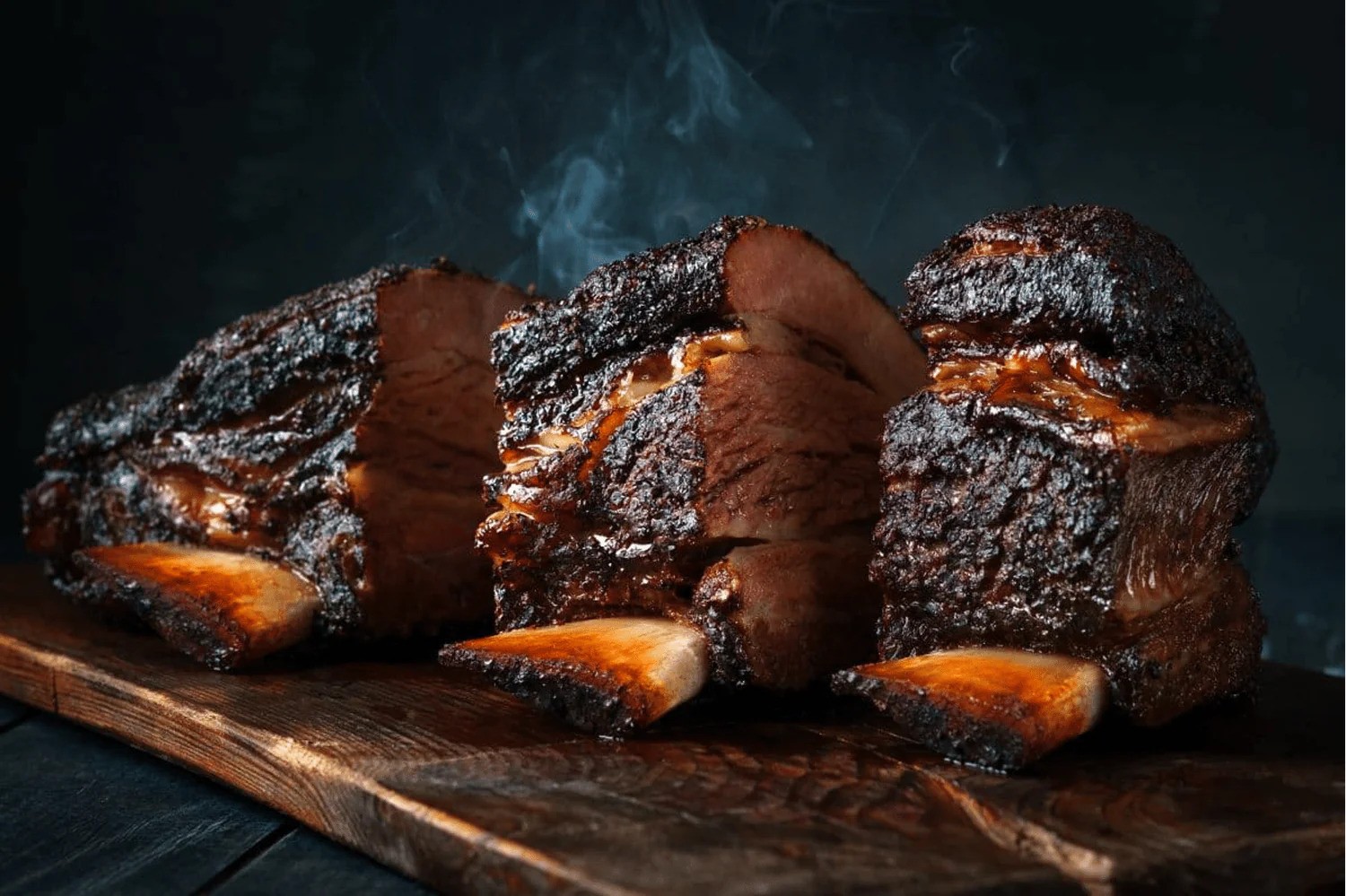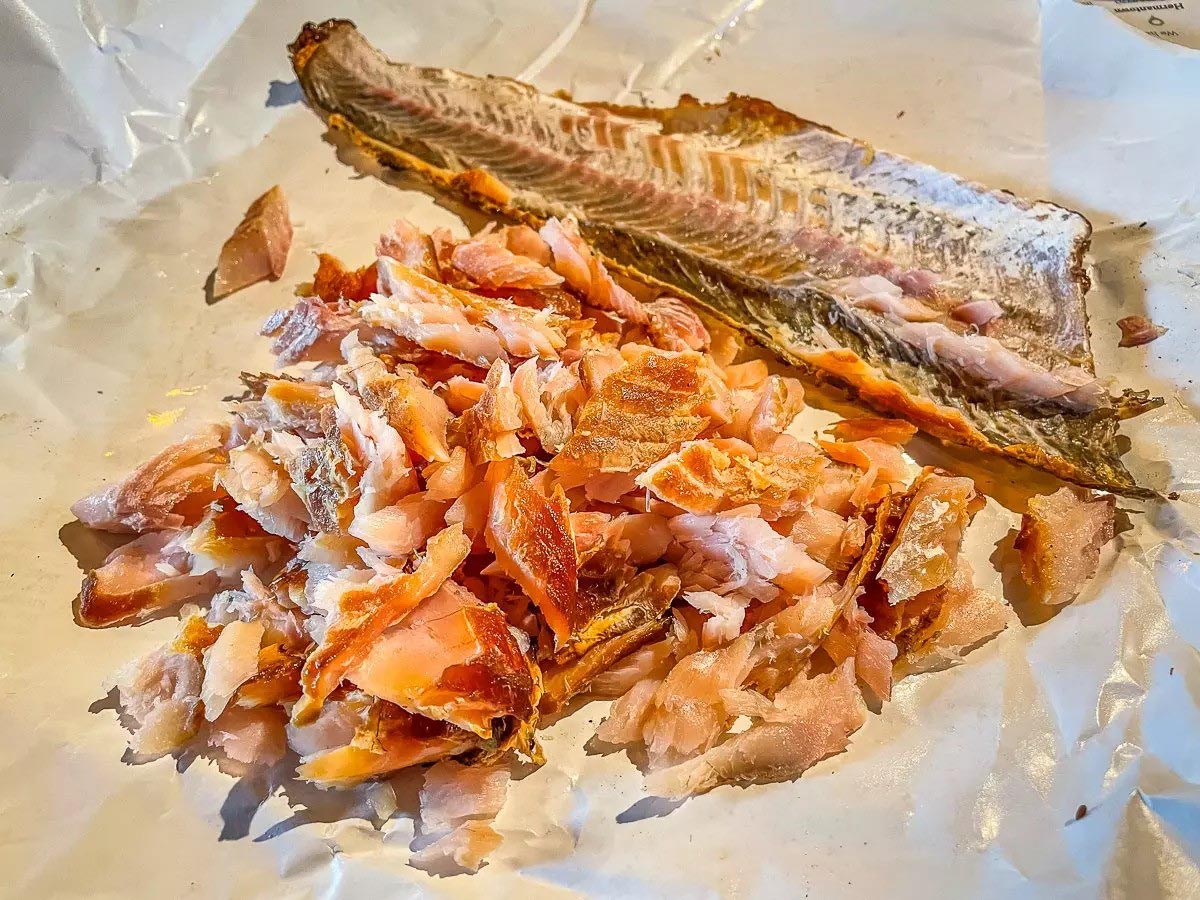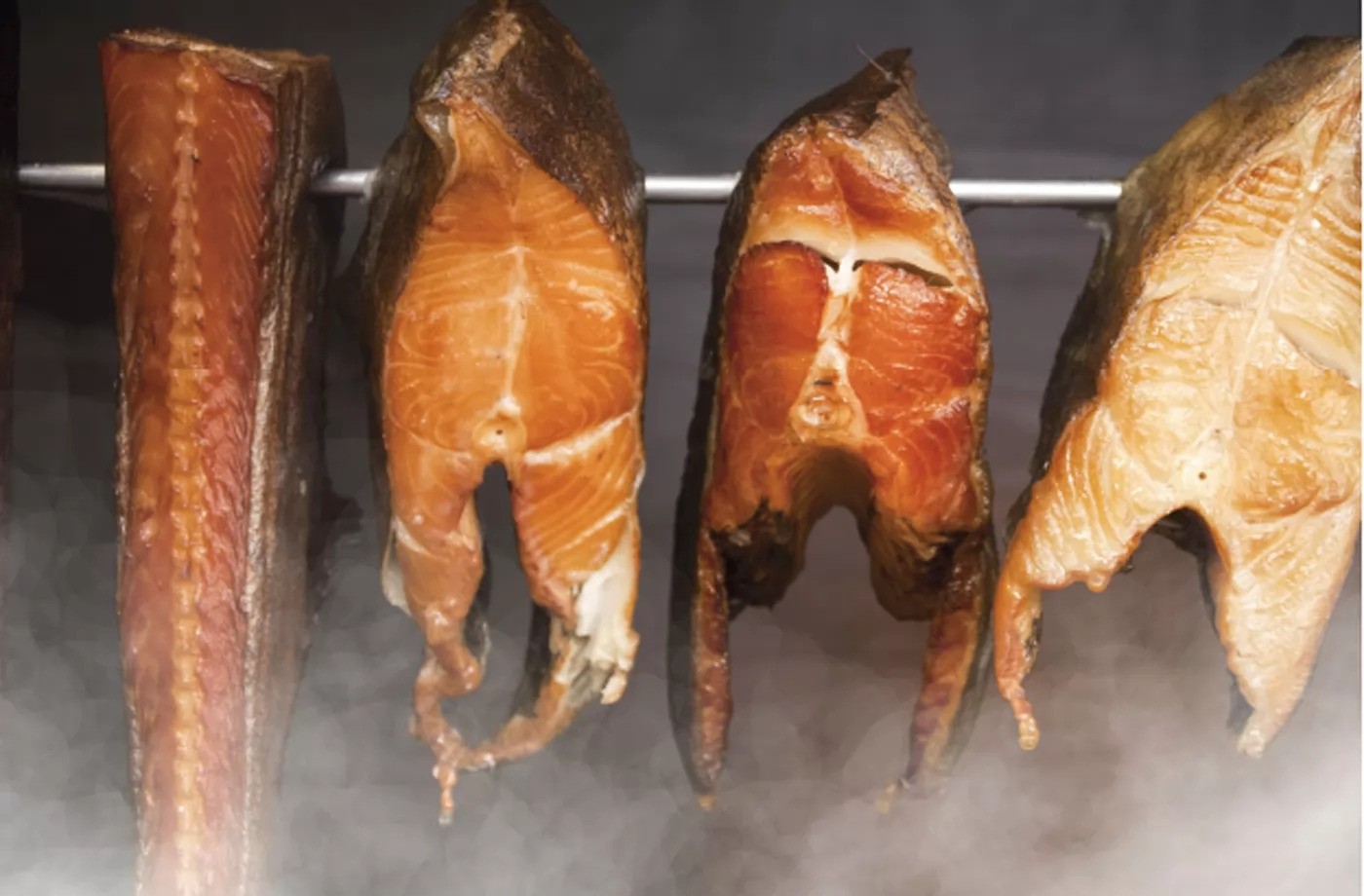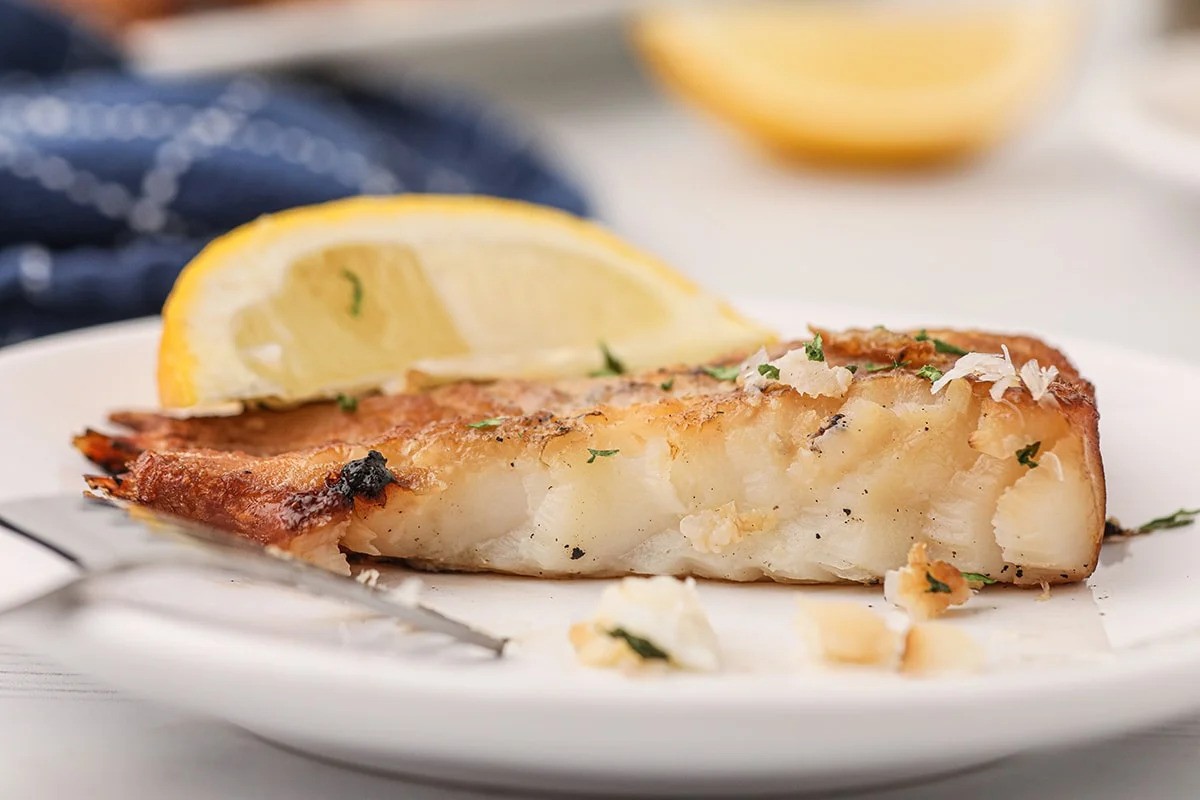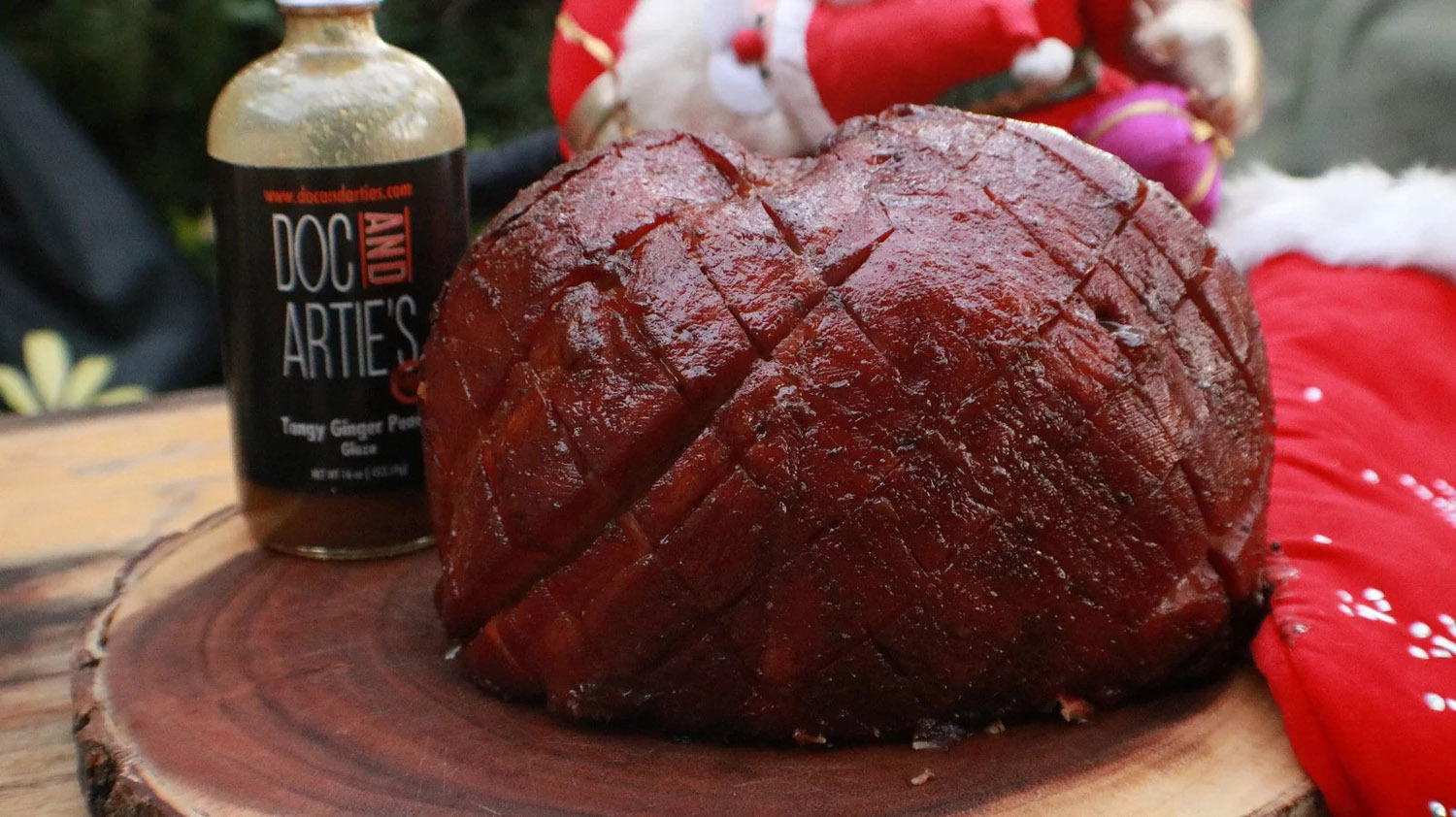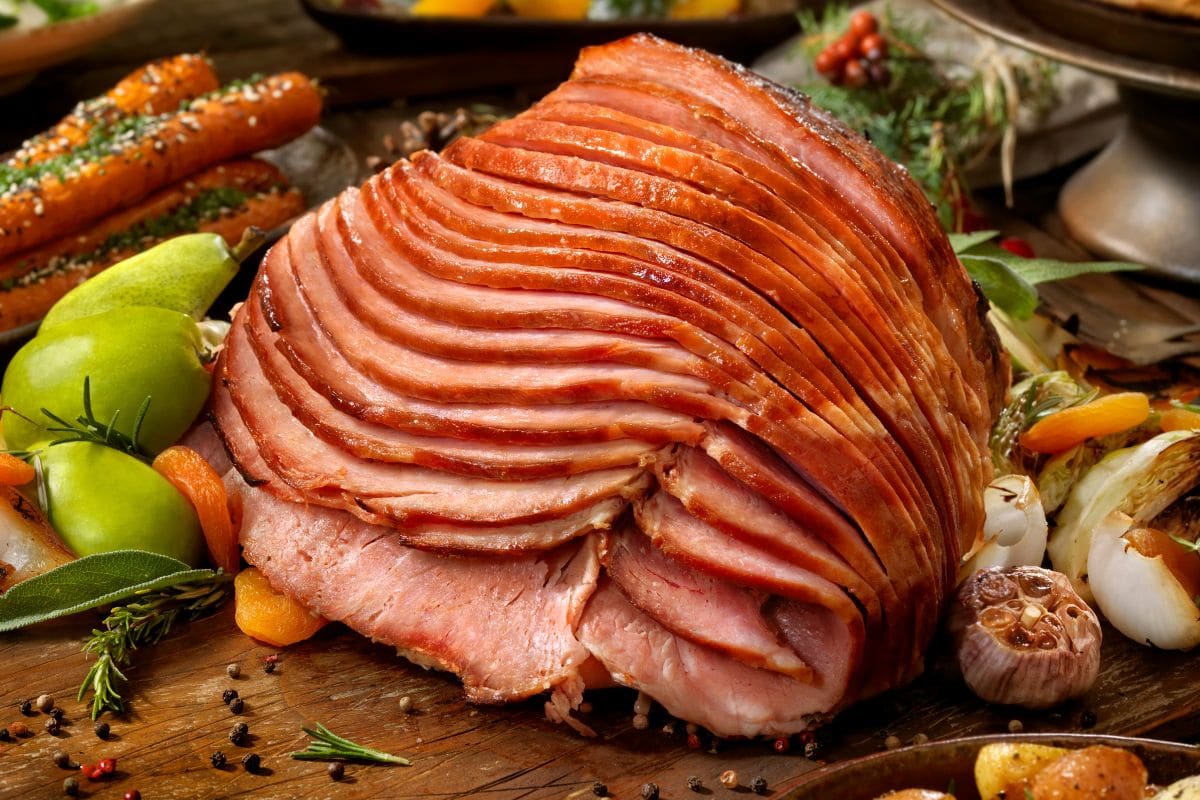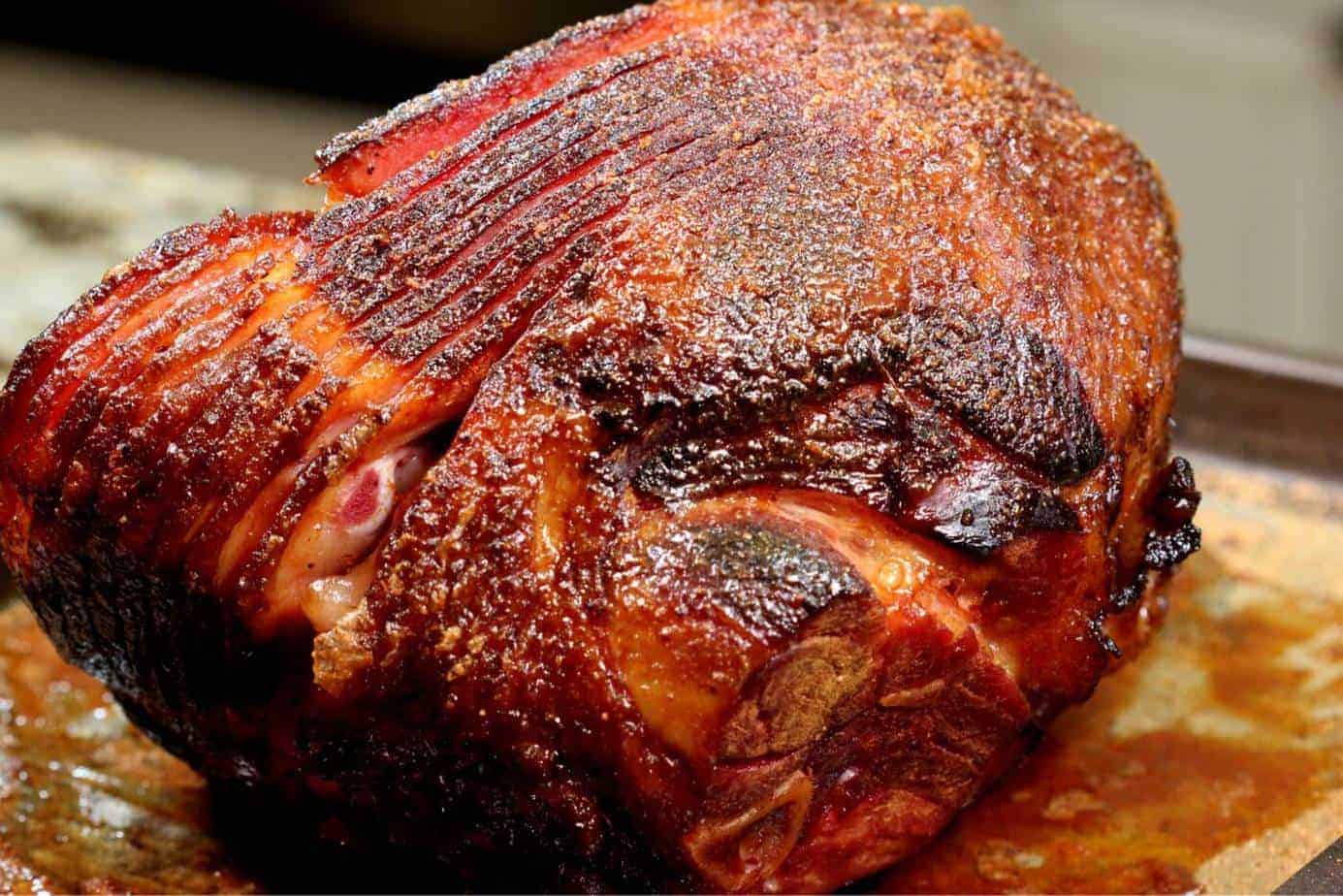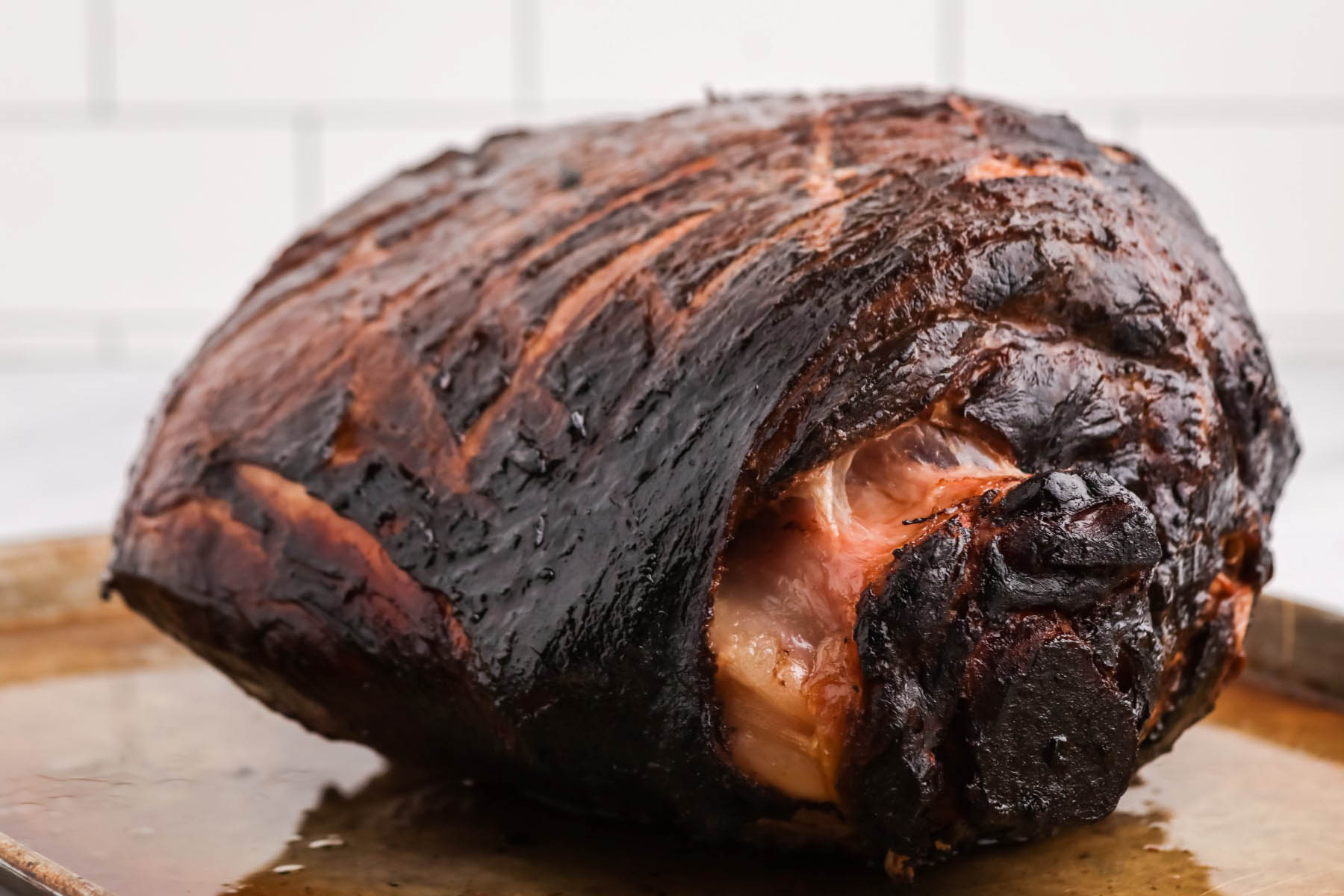Smoking Tuna Fillet: A Delicious and Flavorful Option
Smoking tuna fillet is a fantastic way to add a depth of flavor to this delicious fish. Whether you are a seafood enthusiast or just looking to try something new, smoking tuna fillet can be a rewarding culinary experience. In this article, we will explore the process of smoking tuna fillet to perfection.
Choosing the Right Tuna
When it comes to smoking tuna fillet, it’s essential to start with high-quality fish. Look for fresh tuna fillets that are firm to the touch and have a deep, rich color. Yellowfin and albacore tuna are popular choices for smoking due to their firm texture and rich flavor.
Preparing the Tuna
Before you can start smoking your tuna fillet, it’s important to prepare the fish properly. Begin by rinsing the fillets under cold water and patting them dry with paper towels. Next, you can season the fillets with your choice of spices and herbs. A simple combination of salt, pepper, and a touch of olive oil can work wonders to enhance the natural flavors of the tuna.
Smoking Process
Now it’s time to fire up the smoker. Preheat your smoker to a temperature of around 200-225°F (93-107°C). While the smoker is heating up, you can prepare the tuna fillets for smoking. Place the seasoned fillets on the smoker racks, leaving space between each piece to allow for proper air circulation and smoke penetration.
When it comes to choosing the right wood for smoking tuna fillet, mild woods such as alder, apple, or cherry are excellent choices. These woods impart a delicate smoky flavor without overpowering the natural taste of the fish.
Once the smoker is at the desired temperature, carefully place the tuna fillets inside and close the lid. Let the fillets smoke for approximately 1-2 hours, or until they reach an internal temperature of 145°F (63°C). Keep an eye on the fillets and adjust the temperature as needed to maintain a consistent level of smoke.
Serving Suggestions
Once the tuna fillets are perfectly smoked, it’s time to enjoy the fruits of your labor. Smoked tuna fillet can be enjoyed in a variety of ways. You can flake the smoked tuna and add it to salads, pasta dishes, or sandwiches for a burst of smoky flavor. Alternatively, you can serve the smoked tuna as a standalone dish alongside a fresh green salad and a squeeze of lemon.
Conclusion
Smoking tuna fillet is a wonderful way to elevate the flavor of this versatile fish. With the right preparation and a bit of patience, you can create a delectable smoked tuna dish that is sure to impress. So, the next time you’re in the mood for something a little different, consider smoking tuna fillet for a truly memorable culinary experience.
Was this page helpful?
Read Next: How To Smoke Fish Fillets
